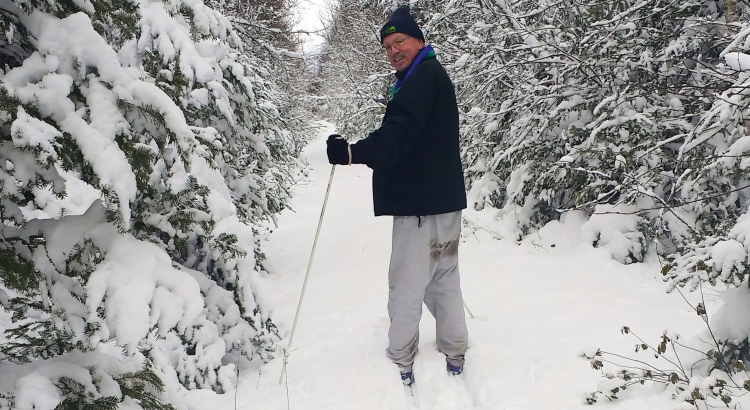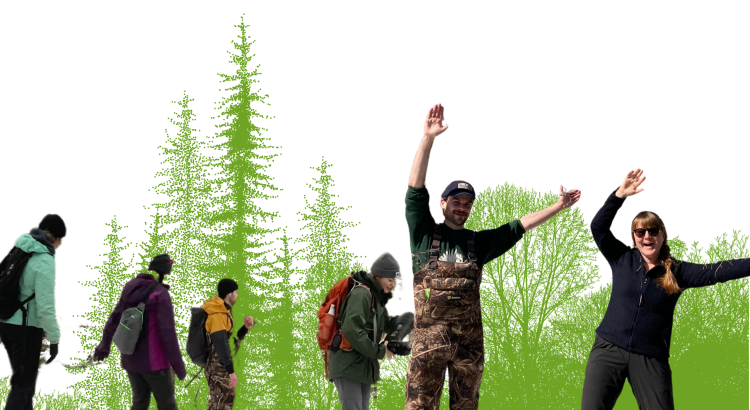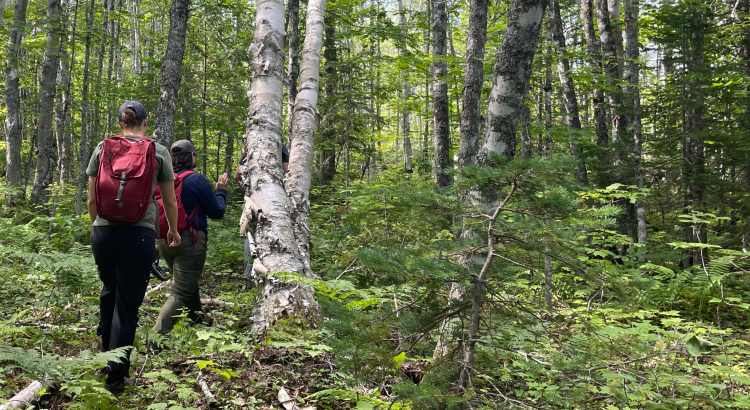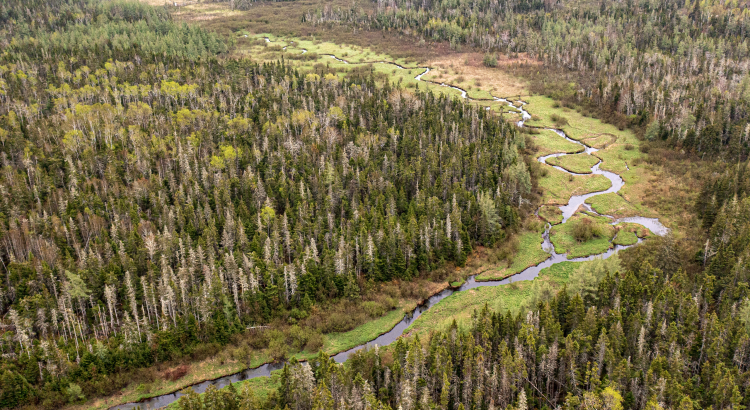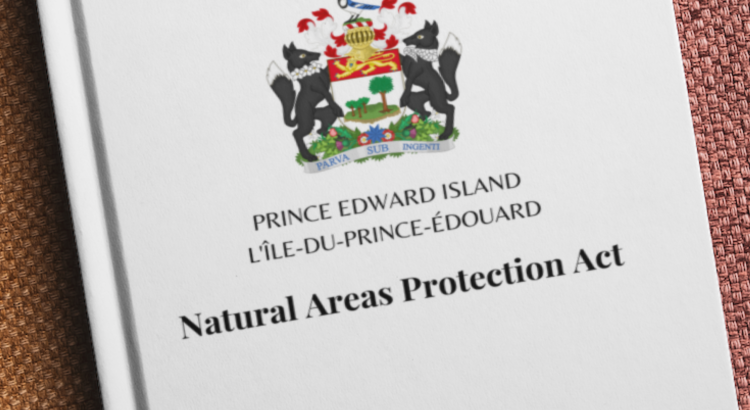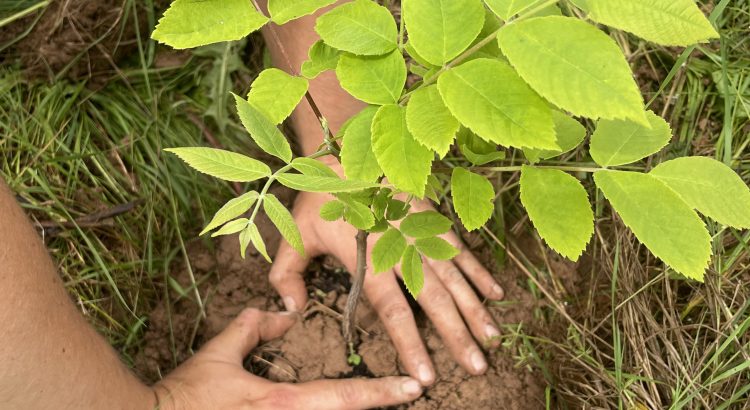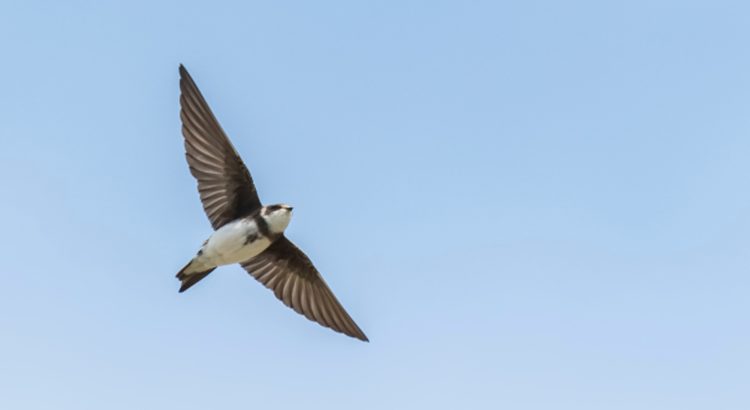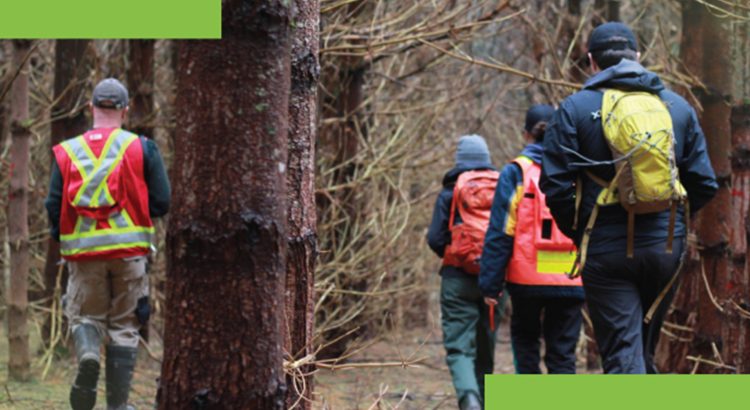For over four decades, Island Nature Trust (INT) has been dedicated to the protection of Prince Edward Island’s natural landscapes and its at-risk plants and wildlife. In July, the organization achieved a significant milestone, surpassing 10,000 acres of protected land, and it’s through the tireless efforts of over 70 dedicated Guardian volunteers that we aim to maintain the ecological integrity of INT’s natural areas.
Chris Brennan, a 70-year-old Islander and one of INT’s 76 Conservation Guardians, shares his motivation for being a Guardian for Nature: “It’s a way to help nature a little and not feel as hopeless and anxious in the face of the major environmental crises we are experiencing.”
Read more